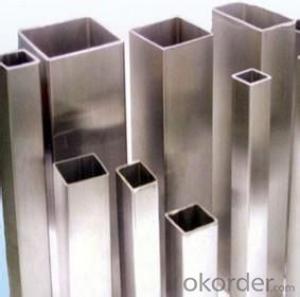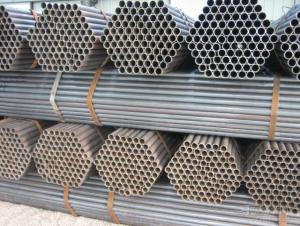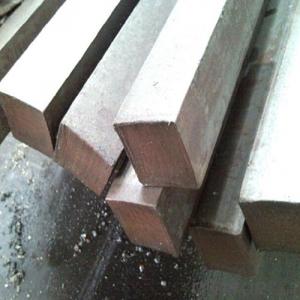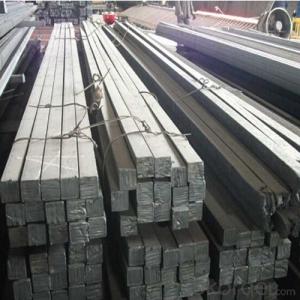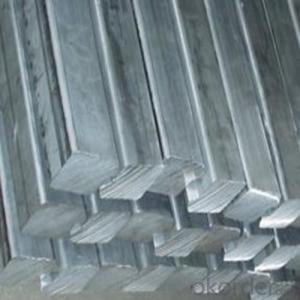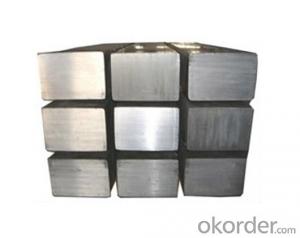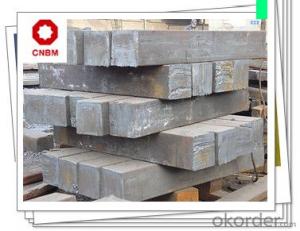Stainless Steel Square
Stainless Steel Square Related Searches
Best Paint For Stainless Steel Paint For Galvanized Steel Steel Frames For Furniture Self Tapping Screws For Steel Surface Grinding Wheels For Hardened Steel Hole Saw For Stainless Steel Paint For Stainless Steel Stainless Steel For Bbq Step Bit For Stainless Steel Sponge For Stainless SteelHot Searches
Aluminum Square Stock For Sale Fiberglass Scaffolding For Sale Fiberglass Panels For Sale Fiberglass Greenhouses For Sale White Gazebo For Sale White Melamine Board Price Frp Price Per Square Foot Ceiling Fan Lowest Price Plywood Per Square Foot Price Cost Of Plywood Per Square Metre Aluminum Square Stock Near Me Cost Of Mdf Per Square Metre White Plastic Folding Chairs Wholesale Geotextile Fabric Cost Per Square Foot Frp Cost Per Square Foot Plywood Cost Per Square Meter Asphalt Shingle Prices Per Square Steel Mesh Panels For Sale Price For Stainless Steel Scrap Scrap Price For Stainless SteelStainless Steel Square Supplier & Manufacturer from China
Okorder.com is a professional Stainless Steel Square supplier & manufacturer, offers integrated one-stop services including real-time quoting and online cargo tracking. We are funded by CNBM Group, a Fortune 500 enterprise and the largest Stainless Steel Square firm in China.Hot Products
FAQ
- In order to check the flatness of a surface using a steel square, it is important to have a reliable and accurate steel square. This tool consists of a ruler-like blade and a perpendicular handle. Here is a step-by-step guide on how to proceed: 1. Make sure that both the surface you wish to check and the steel square are clean and free from any debris or dirt that could impact the accuracy of the measurement. 2. Position the steel square on the surface you want to check, ensuring that one edge of the square is aligned with the surface. 3. Examine the contact between the blade of the steel square and the surface. If the entire length of the blade is in contact with the surface without any gaps or daylight visible, it indicates that the surface is flat. 4. Move the steel square along different areas of the surface, examining for any inconsistencies. If you notice any gaps or daylight between the blade and the surface, it suggests that the surface is not flat in that specific area. 5. Pay attention to the gaps or daylight that you observe. If the gaps are consistently the same size, it may indicate that the surface has a slight bow or warp. However, if the gaps vary in size, it could suggest a more significant irregularity or unevenness in the surface. 6. Take note of any areas where the surface is not flat. This information can be useful in determining the extent of the flatness issue and planning any necessary corrective measures. Keep in mind that using a steel square is not a foolproof method for measuring flatness, especially for large surfaces. It is more suitable for smaller projects or initial assessments. For more precise measurements, specialized tools such as straight edges or laser levels may be required.
- To use a steel square to measure and mark a 236.25-degree angle, you would typically align the square's base along the edge of the material you are working with. Then, using the square's angular markings, rotate it until the desired angle (236.25 degrees) is reached. Finally, mark the intersection point on the material to indicate the angle accurately.
- The working principle of steel punching machine
- 2, two dimensional coordinates can be stopped at the same time manual conditioning, high and low speed movement, relative zero programming, automatic back zero, two axis linkage;3 directly input digital programming, use panel or remote stop control4, stable quality, reliable performance, cumbersome operation, safe and efficient.
- A steel square, also known as a framing square or carpenter's square, is a versatile tool used in carpentry and woodworking. It consists of a long blade and a shorter tongue that meet at a right angle. Here are some common conversions and calculations that can be done with a steel square: 1. Measuring and marking: The steel square can be used to measure and mark straight lines or right angles on a piece of wood or other materials. It is particularly useful in determining 90-degree angles for accurate cuts and joint construction. 2. Determining squareness: By using the square's 90-degree angle, you can check the squareness of corners and ensure they are perfectly perpendicular. This is important for constructing frames, cabinets, and other structures. 3. Finding roof pitch: Carpenters often use a steel square to determine the pitch or slope of a roof. By placing the square on the roof surface and aligning it with the rafters, the angle of the roof pitch can be measured. 4. Calculating rafter lengths: A steel square can also be used to calculate the length of rafters for roofs. By using the square's markings and angles, carpenters can quickly determine the appropriate length of rafters needed for a specific roof design. 5. Making angle cuts: The steel square can be used to mark and guide angle cuts on wood or other materials. By aligning the square's blade or tongue with the desired angle and marking the cut line, precise angle cuts can be achieved. 6. Creating parallel lines: The square's straight edge can be used to draw parallel lines by simply sliding it along the edge of the material while keeping it aligned with the desired distance. 7. Measuring and transferring dimensions: The square can be used as a ruler or measuring device for both straight and diagonal measurements. It is useful in transferring measurements from one piece of material to another accurately. 8. Checking flatness: The steel square can also be used to check the flatness of a surface. By placing it on a flat surface and observing if the entire length is in contact, any deviations or unevenness can be detected. Overall, a steel square is a versatile tool that can be used for a wide range of conversions and calculations in carpentry and woodworking. Its ability to measure, mark, determine angles, and assist in various construction tasks makes it an essential tool for any carpenter or woodworker.
- Certainly, rafter layout and construction can indeed make use of a steel square. This versatile tool is widely utilized by carpenters and builders to effectively lay out and construct rafters. Its purpose encompasses determining rafter length and angles, as well as providing accurate marking and cutting. The surface of a steel square is typically engraved with measurements and angles, facilitating its application in various rafter calculations and layouts. Moreover, the reliability and stability of steel render it an assured instrument for rafter construction, ultimately ensuring precise and accurate outcomes.
- Yes, a steel square can be used for framing a building. Steel squares, also known as framing squares or carpenter squares, are versatile tools that are commonly used in construction and carpentry. They are typically made of steel and have a 90-degree angle, with additional markings and measurements along the edges. While traditional framing squares are often made of aluminum or steel and are commonly used in wood framing, steel squares can also be used for framing buildings made of steel or other materials. The sturdy construction of a steel square makes it durable and reliable for various framing tasks. It can be used to lay out and mark precise angles, measure and check squareness, and ensure accurate cuts and joints during the framing process. Steel squares are useful for determining the squareness of walls, checking the alignment of framing members, and laying out the positions of studs, rafters, and other structural components. They can also be used to mark and cut notches, birdsmouths, and other complex shapes on framing materials. Overall, a steel square is a valuable tool for framing a building, regardless of the material being used. Its accuracy, durability, and versatility make it an essential tool for any construction project.
- A steel square, also known as a framing square or carpenter's square, is a versatile tool that can be used in various stages of plumbing rough-ins. Some common measurements that can be taken with a steel square in plumbing rough-ins include: 1. Right angles: The steel square has a 90-degree angle, which is perfect for checking and marking right angles in plumbing installations. This is crucial in ensuring proper alignment and squareness of pipes, fittings, and walls. 2. Parallel lines: The long edge of the steel square can be used to draw parallel lines along walls or floors. This is especially useful when aligning pipes and fixtures that need to be installed in a straight line. 3. Pipe and fitting angles: By placing the steel square against a pipe or fitting, you can determine and mark the angle at which it needs to be cut or bent. This is important for achieving accurate and precise connections between pipes. 4. Layout of stud walls: In plumbing rough-ins, stud walls are often built to house pipes and provide support for fixtures. The steel square can be used to layout and mark the positions of studs, ensuring the correct spacing and alignment for the plumbing system. 5. Pipe centerlines: By using the steel square's measurements, you can accurately mark the centerlines of pipes on walls or floors. This is essential for guiding the installation of pipes and making sure they are properly aligned and positioned. Overall, the steel square is a versatile tool that can be used for various measurements in plumbing rough-ins. Its ability to provide accurate right angles, parallel lines, pipe angles, stud wall layouts, and pipe centerlines makes it an invaluable tool for plumbers and ensures the proper installation of plumbing systems.
- Fence-building projects can indeed make use of a steel square. This highly versatile tool, also referred to as a framing square or carpenter's square, is widely employed in construction and woodworking tasks. Its primary function is to ensure the accuracy and squareness of cuts, angles, and measurements, which are indispensable when it comes to erecting a strong and properly-aligned fence. Regardless of whether the fence is made of wood or metal, a steel square can be utilized to arrange the fence posts, indicate the angles for cutting, and verify squareness throughout the installation process. It is an invaluable instrument for any fence builder, significantly assisting in achieving meticulous and professional outcomes.

























